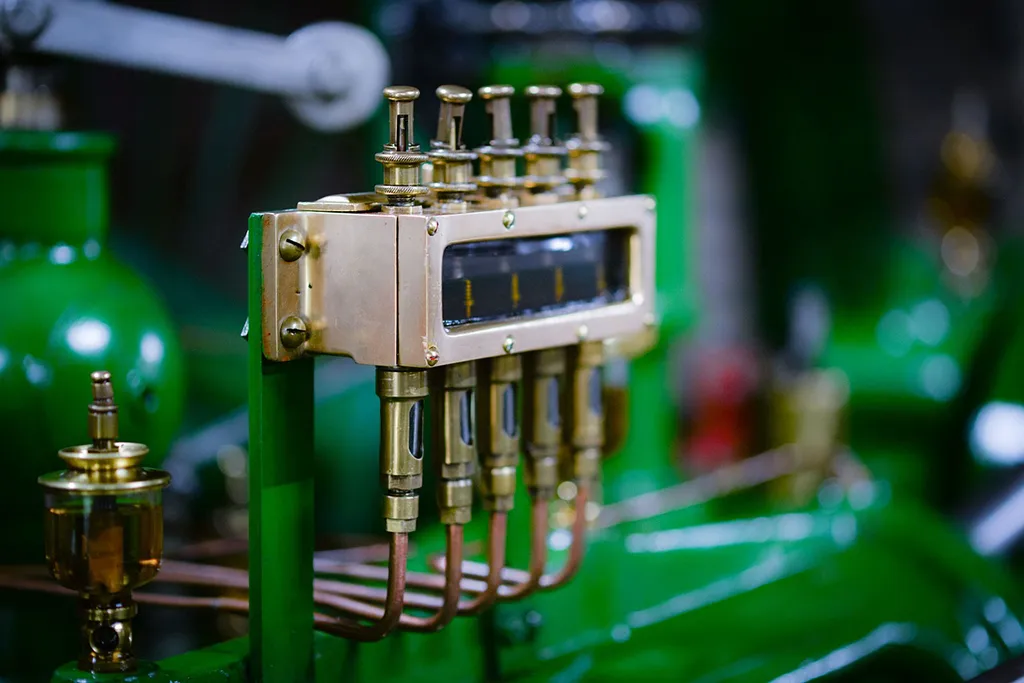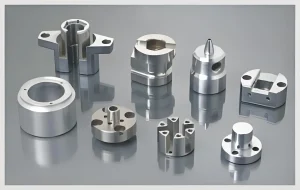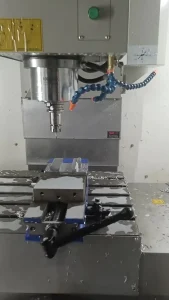In the field of CNC machining, precision and accuracy are two key elements that are often confused but actually have distinct meanings. They jointly affect the accuracy of machining. Although the two have the same goal, they each have their own unique focus. Next, we will carefully explore the essential differences between these two concepts and their importance in production and machining from the aspects of definition, practical application, and interaction between them.

1. The essential difference between precision and accuracy
First, let us define two core concepts. Accuracy, that is, the degree of agreement between the measurement or machining result and the actual or designed value, measures whether a single operation can accurately achieve or approach the expected goal, and directly reflects the correctness of the result. In CNC machining, the level of accuracy profoundly affects the consistency of the workpiece size, shape and position with the design specifications.
And precision focuses on the reproducibility and consistency between multiple measurements or machining results, emphasizing the stability of the results. It measures whether multiple operations can produce similar or consistent results. In the CNC machining process, the level of precision directly reflects the degree of influence of factors such as machine tools, cutting tools and process parameters on the stability of machining results.
2. Application scenario analysis of accuracy and precision
In the field of CNC machining, accuracy and precision each have their own unique application scenarios and focuses. Accuracy is crucial to ensure that the size and shape of the workpiece are accurate. Especially in industries such as aerospace and medical equipment that require extremely high machining accuracy, any slight deviation may seriously affect product performance. Therefore, improving machining accuracy has become a key measure to ensure product quality in these fields.
Precision is more reflected in mass production. When a large number of workpieces of the same specifications need to be produced, the stability of precision is particularly important. It requires machine tools and cutting tools to maintain long-term stable machining performance to ensure that each machining can obtain the same or similar results. This is of great significance for improving production efficiency, reducing production costs and ensuring the consistency of product quality.
3. The relationship between precision and accuracy and optimization strategy
In the actual machining process, precision and accuracy do not exist in isolation, but are interdependent and complementary. On the one hand, precision without accuracy is meaningless. Because even if the results of multiple machining are consistent, if they are far from the target value, then this consistency loses its value. On the other hand, accuracy without precision is also unreliable. Because the result of a single machining may be accurate, but the difference between multiple machining results may be large, resulting in unstable product quality.
Therefore, in CNC machining, we need to pay attention to both precision and accuracy, and improve the stability and correctness of machining results by optimizing multiple factors such as machine tools, cutting tools, and process parameters. This includes but is not limited to the selection of high-precision machine tools and cutting tools, optimization of machining process parameters, and strengthening of monitoring and detection during machining. Only in this way can we produce high-quality and efficient workpieces to meet market demand and win the trust of customers.
In short, although precision and accuracy in CNC processing have their own focuses, they are both the top priority to ensure product quality and production efficiency. We need to explore its definition and application scenarios in depth, continuously optimize processing processes and technologies, and strive to achieve higher levels of manufacturing precision and accuracy.






